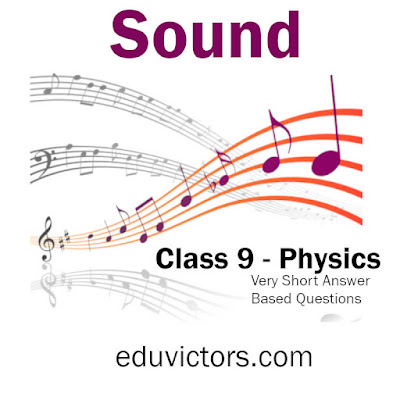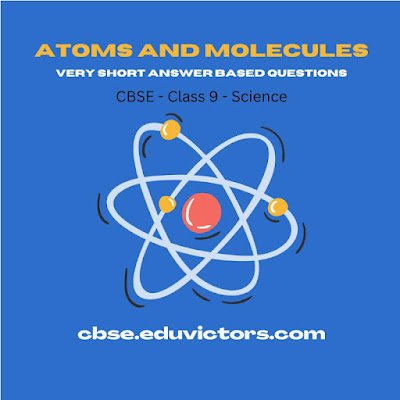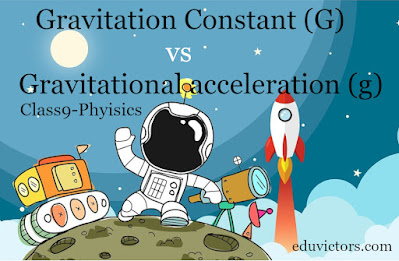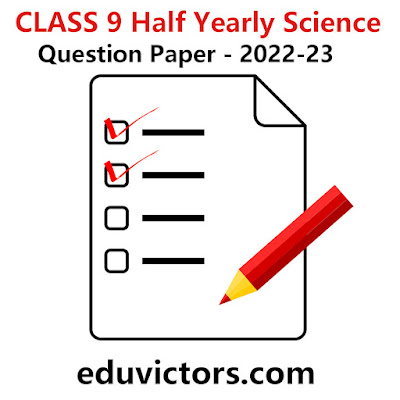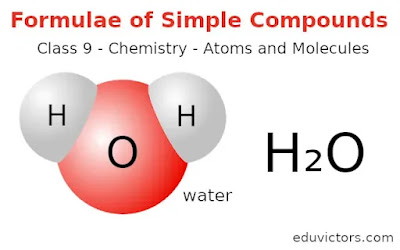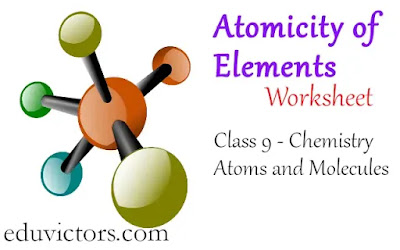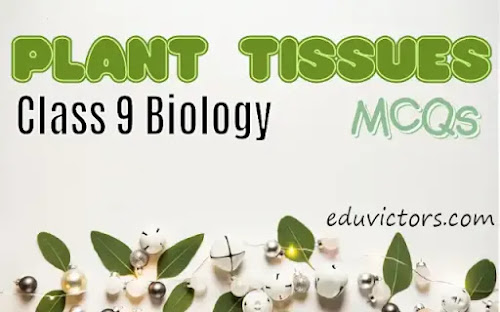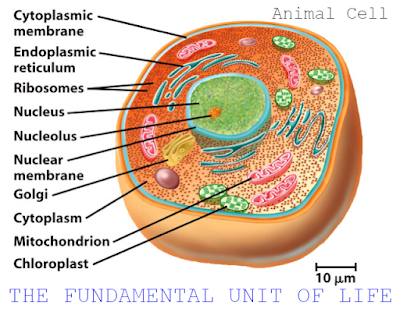CBSE Class 9 | Science | Atoms and Molecules | Assertion Reasoning Questions (Solved)
DIRECTION: In the following questions, a statement of assertion (A) is followed by a statement of reason (R). Mark the correct choice as:
(a) Both assertion (A) and reason (R) are true and reason (R) is the correct explanation of assertion (A).
(b) Both assertion (A) and reason (R) are true but reason (R) is not the correct explanation of assertion (A).
(c) Assertion (A) is true but reason (R) is false.
(d) Assertion (A) is false but reason (R) is true.
Q1.
Assertion: When 10 g of CaCO₃ is decomposed, 5.6 g of CaO is left and 4.4 g of CO₂ escapes.
Reason: The law of conservation of mass is followed.


